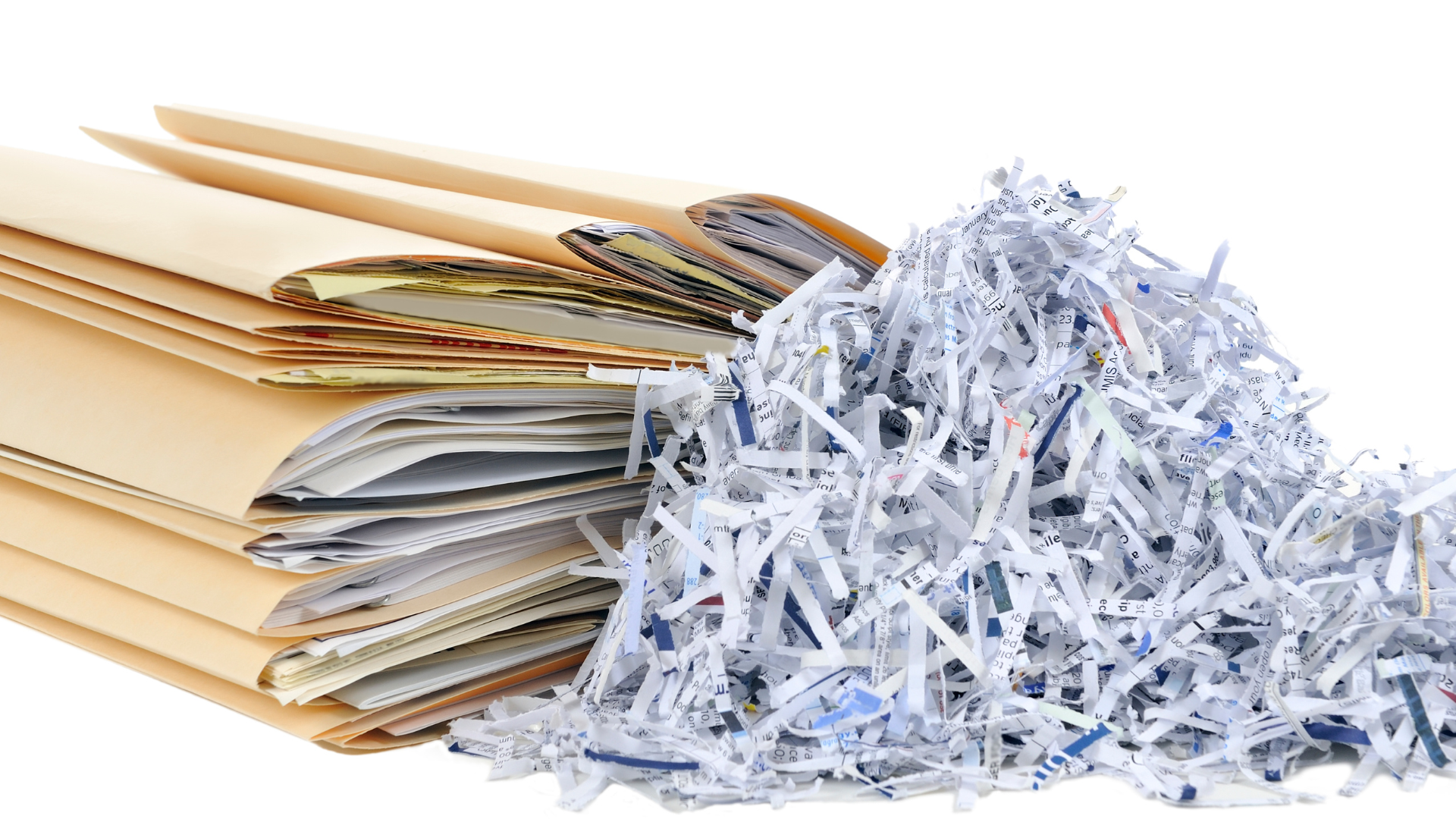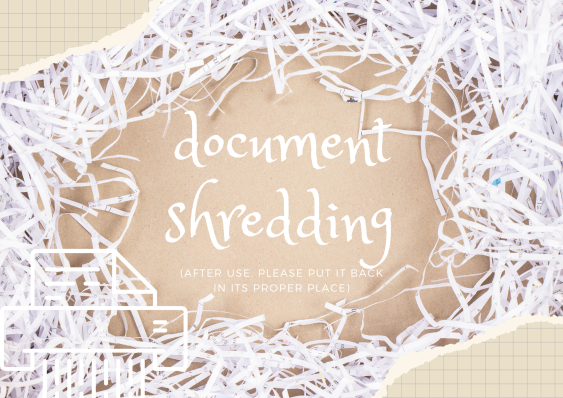The best document management practices for small businesses
As a small business, you likely have a lot of documents that you need to keep track of. While there are many different ways to manage documents, there are a few best practices that you should follow to ensure that your documents are well-organized and easy to access.
Create folders specific to different areas of the company
Instead of organizing all your files in one big folder (or worse, dumping them in your computer’s default downloads folder), create folders specific to the different areas of your company. Separate folders for marketing, finance, product development, and any other areas that you have. Then, within each of those folders, create more specific areas as needed. For example, yourHR folder could have separate folders for each department: “HR forms,” “employee handbook,” “employee records,” and so on.
Assign a owner for each folder.
Paper Biodegradability
If a document doesn’t have an assigned owner, no one may be responsible for maintaining it. Additionally, as your company grows, it’s likely that more than one person will need access to the same file. Instead of having one person be solely responsible for managing a file, consider assigning one person as the owner of the file. This person should be the point of contact if any changes need to be made and should share the documents with others using an online collaboration tool like Google Drive.
Decide on a naming convention.
Before you start saving documents, sit down with your team and decide on a naming convention. Establishing a naming convention before you begin to store your files can save confusion and time in the future when you’re looking for a particular document. For example, you may consider including a document’s creation date or version number in the file name. Or, you may opt for a more descriptive name, such as “Q4 Marketing Calendar 2017.”
Decide on a file format.
Whether you’re working on a document or saving a file on your computer, you may be using a program that creates different versions of that file. For example, if you’re working in Google Drive, your document is likely saved in Google’s proprietary file extension, .gdoc. When you’re ready to share the document, you may need to convert it to a different file format, like a Microsoft Word document (a .doc or .docx) file. If you’re saving a file that you didn’t create, decide what format you’d like to save it as:
If you’re saving something you’re creating from scratch, such as a spreadsheet or a slide deck, consider saving it as a .csv file.
If you’re saving an image, for example, a chart or a graph, consider saving it as a .png file so that it can be viewed by most image viewers.
The best program for document management will depend on your company’s needs. Businesses that need to share documents with a number of people may want to consider using an online collaboration tool like Google Drive, while smaller businesses may benefit from storing their documents on a company network. If you do decide to use a program like Google Drive, make sure you set up a folder structure that makes sense for your business, and train your employees on how to use the program.
Clean up your files regularly.
Even with the right program, it can be easy to lose track of all the files in your document management system. To keep your system organized, set aside time once a month to clean out the files you don’t need anymore. Consider implementing a policy that says all documents older than six months should be deleted.
The Ending Notes
These are some of the best document management practices for small businesses.
These practices will help small business owners to make the document management process easier.
Document management is a huge step for every business.
Small business should follow these practices to develop the business documents.
It will not only save the time but also help to improve the workflow.
If you are need of any document shredding service, contact us.
At I-Shred, security and efficiency are a priority. I-Shred offers stress-free onsite shredding to save time and ensure your documents are destroyed properly. Which is why we offer recurring service to small businesses. We are dedicated to helping you save time and money when it comes to secure document destruction. Contact us today!










